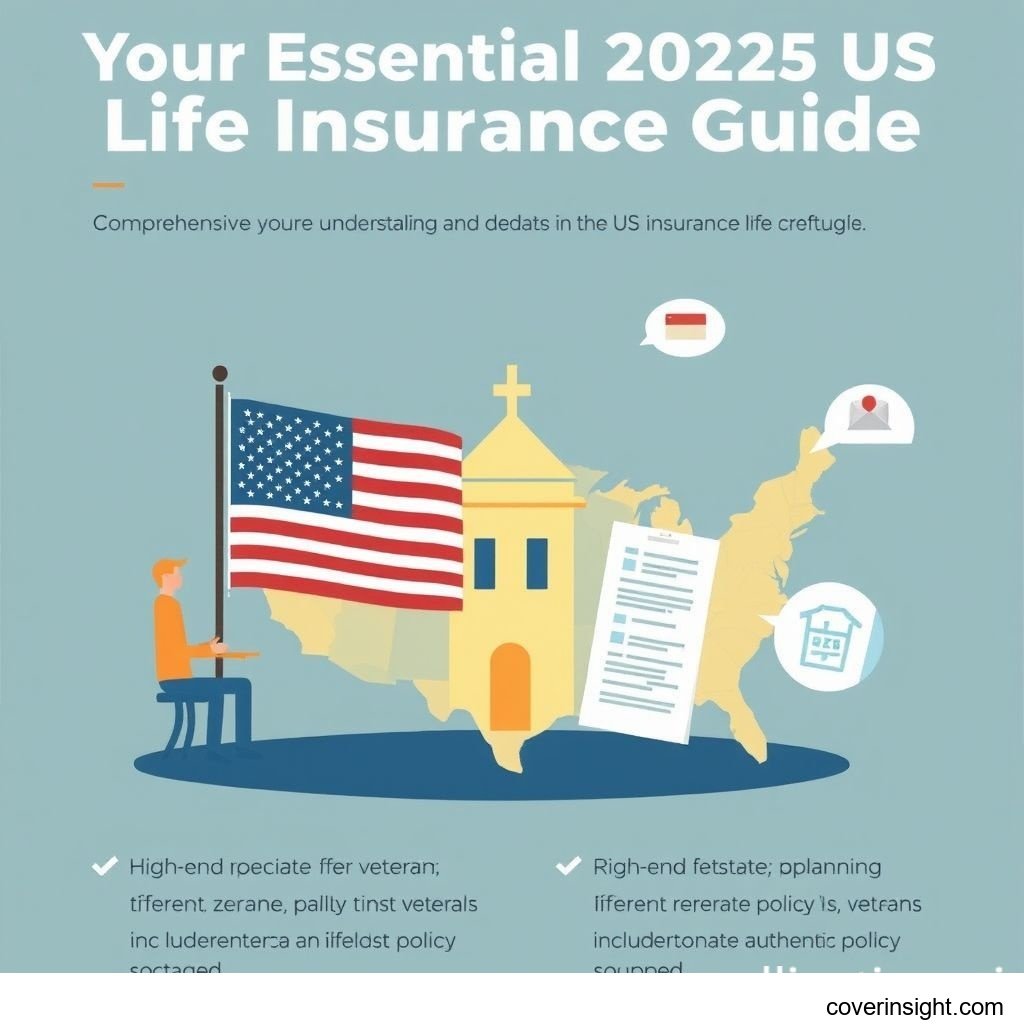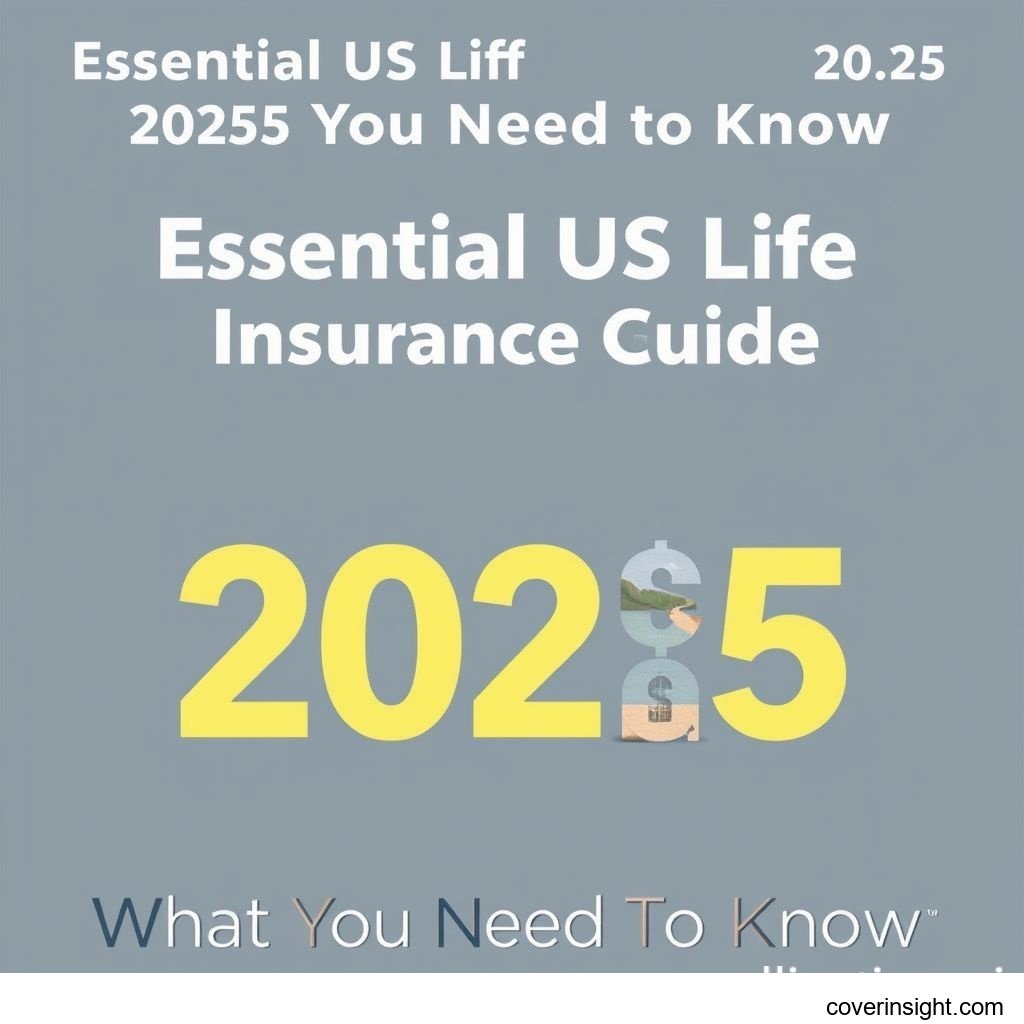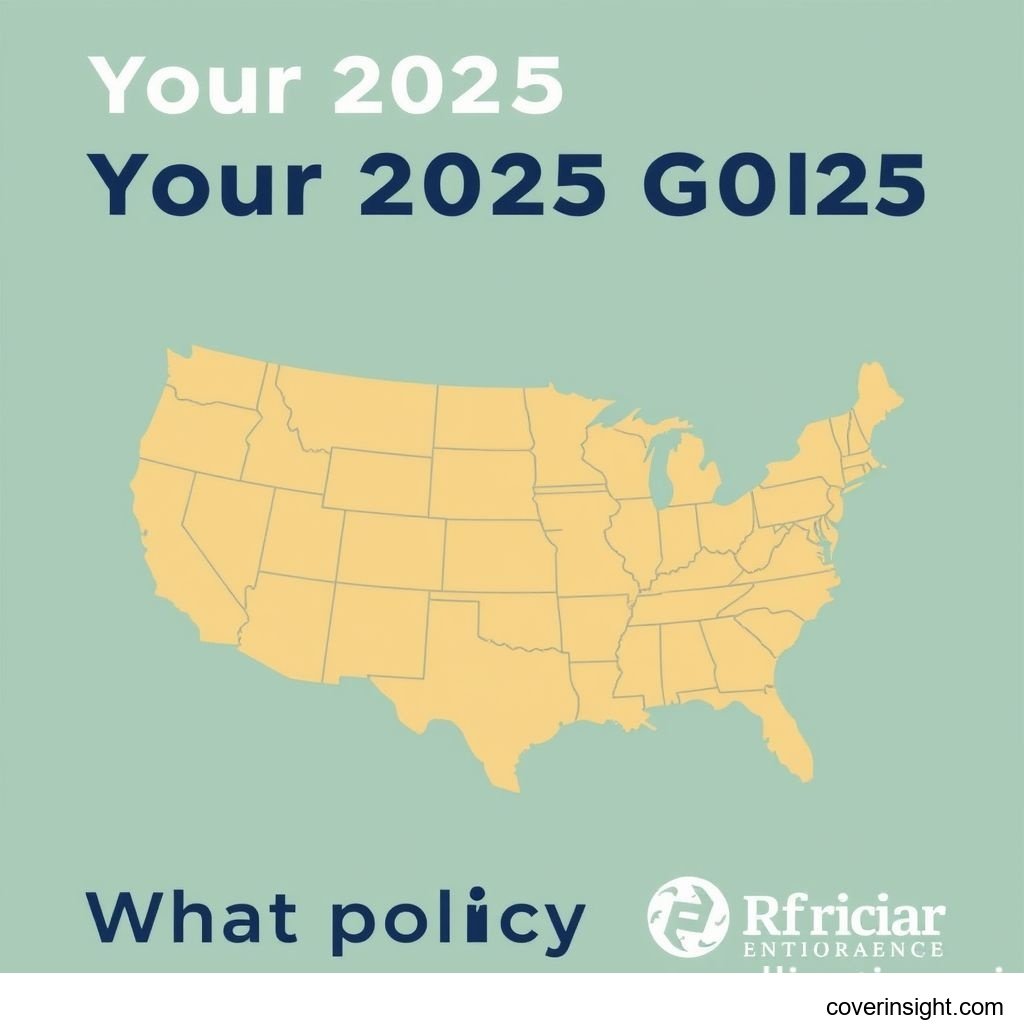Introduction
Navigating the complexities of life insurance can feel like a tall order, but for US families, securing the best life insurance for 2025 is more than just a financial decision—it's a cornerstone of peace of mind. In an ever-evolving economic landscape, ensuring your loved ones are financially protected against the unforeseen is paramount. This guide aims to demystify the process, offering smart choices and practical advice to help you select a policy that truly fits your family's unique needs, setting you up for future stability. For a deeper dive into overall planning, you might find our "Best Life Insurance 2025: US Smart Choices Guide" particularly helpful.
Coverage Details
Understanding what your life insurance policy covers, and what it doesn't, is crucial. It’s like knowing the rules of the game before you play.
What’s Included
At its core, life insurance provides a financial safety net, paying out a death benefit to your designated beneficiaries upon your passing. This tax-free sum can be used for various purposes, from replacing lost income and covering daily living expenses to paying off mortgages, debts, and funding educational goals. Many policies also offer riders—add-ons that enhance coverage. For instance, an accelerated death benefit rider allows access to a portion of the death benefit while you're still alive if you're diagnosed with a terminal illness, offering some breathing room during a tough time. Other common riders include critical illness, chronic illness, and waiver of premium, which waives premiums if you become totally disabled. In essence, a comprehensive policy is designed to keep your family's financial ship afloat, even when you're no longer at the helm.
Common Exclusions
While robust, life insurance policies do have limitations. The most frequently encountered exclusion is the "suicide clause," which typically states that if the insured dies by suicide within the first two years of the policy's issuance, the death benefit will not be paid out (though premiums paid may be refunded). Misrepresentation on the application, such as failing to disclose a serious medical condition or a dangerous hobby, can also lead to a claim being denied. Furthermore, deaths resulting from illegal activities or acts of war may also be excluded, depending on the specific policy terms. It’s always best to read the fine print; if something seems unclear, don't hesitate to ask your insurance provider or consult an independent advisor. Understanding these boundaries ensures there are no unpleasant surprises down the line.
Cost Analysis
The cost of life insurance is a hot topic, often leading to questions like "How much does the best life insurance cost?" The truth is, it's not a one-size-fits-all answer.
Price Factors
Several key factors determine your life insurance premiums. Your age is a major player—the younger and healthier you are when you apply, generally the lower your premiums will be. Health status is another huge consideration; pre-existing conditions, family medical history, and even your Body Mass Index (BMI) are scrutinized. Lifestyle choices like smoking, excessive alcohol consumption, or participating in dangerous hobbies (think skydiving or competitive race car driving) can significantly hike up your rates. The type of policy you choose (term vs. whole life) and the coverage amount (the death benefit) also play a massive role. For example, according to data from LIMRA, a leading research organization for the financial services industry, while 52% of Americans had life insurance in 2023, the average perceived cost was often higher than the actual cost, highlighting a potential barrier for many families.
Saving Tips
Looking to keep costs down without skimping on crucial protection? Here are a few smart strategies. Firstly, compare quotes from multiple providers; prices for similar coverage can vary widely, and platforms linked to "State Insurance Departments" can offer valuable comparisons. Opting for a term life insurance policy rather than a whole life policy can dramatically reduce your premiums, especially if you only need coverage for a specific period, such as while your children are young or your mortgage is outstanding. Improving your health, if possible, before applying can lead to better rates. Quitting smoking, managing chronic conditions, and adopting a healthier lifestyle can pay off both in terms of well-being and lower premiums. Bundling your life insurance with other policies, like home or auto, with the same provider might also net you a discount. Finally, consider paying your premiums annually instead of monthly, as many insurers offer a small discount for this.
FAQs
How much does best life insurance cost?
The cost varies greatly based on individual factors like age, health, coverage amount, and policy type. A healthy 30-year-old might pay $20-$30 per month for a $500,000 20-year term policy, while someone older or with health issues could pay significantly more.
What affects premiums?
Your age, health status (including medical history and lifestyle choices like smoking), the type of policy (term, whole, universal), and the amount of coverage you choose are the primary drivers of your life insurance premiums. Even your occupation or hobbies can influence rates if they're considered high-risk.
Is it mandatory?
No, life insurance is not mandatory in the US. Unlike auto insurance, there's no federal or state law requiring you to have it. However, while not legally required, it's a vital financial planning tool for families, especially those with dependents.
How to choose?
Choosing the right policy involves assessing your financial needs, considering your dependents, evaluating your budget, and understanding the different types of policies available. Tools from the "National Association of Insurance Commissioners" can help you compare options and understand regulatory aspects. As someone living in the US, I've seen firsthand how a well-chosen policy can avert financial disaster for families when the unexpected strikes.
Consequences of no coverage?
Without life insurance, your family could face significant financial hardship upon your passing. This might include struggling to cover funeral expenses, ongoing living costs, mortgage payments, or educational expenses for children. Consider the tragic, yet all too common, scenario of a family in rural Ohio, where the primary breadwinner, a healthy 45-year-old, passed away unexpectedly from a sudden illness. Without life insurance, the surviving spouse faced immediate pressure to cover the mortgage and daily expenses, leading to severe financial strain and the painful decision to sell their beloved family home. This real-world example underscores the critical role life insurance plays in providing a cushion when life throws its toughest curveballs. For broader insights, you can also explore general "Insurance Resources Global" to understand various insurance types.
Author Insight & Experience
Based on my experience living and working within the US financial landscape, I've come to realize that life insurance isn't just another bill; it's a profound act of love and responsibility. It’s about building a fortress around your family's future, ensuring that their dreams don't crumble even if you're no longer there to build them. Many families I've encountered initially balk at the cost, only to discover, after a careful needs assessment, that the peace of mind far outweighs the monthly premium. It’s not about predicting the worst, but preparing for all possibilities, allowing you to truly live your life without constant worry. It's a foundational piece of any robust family financial plan.
Further reading: US Insurance Home











Comments